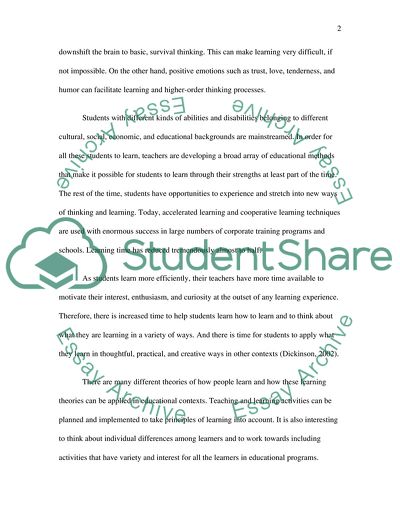Cite this document
(Teaching and Learning Theories Article Example | Topics and Well Written Essays - 1500 words, n.d.)
Teaching and Learning Theories Article Example | Topics and Well Written Essays - 1500 words. https://studentshare.org/education/1703021-learning-theories
Teaching and Learning Theories Article Example | Topics and Well Written Essays - 1500 words. https://studentshare.org/education/1703021-learning-theories
(Teaching and Learning Theories Article Example | Topics and Well Written Essays - 1500 Words)
Teaching and Learning Theories Article Example | Topics and Well Written Essays - 1500 Words. https://studentshare.org/education/1703021-learning-theories.
Teaching and Learning Theories Article Example | Topics and Well Written Essays - 1500 Words. https://studentshare.org/education/1703021-learning-theories.
“Teaching and Learning Theories Article Example | Topics and Well Written Essays - 1500 Words”. https://studentshare.org/education/1703021-learning-theories.


